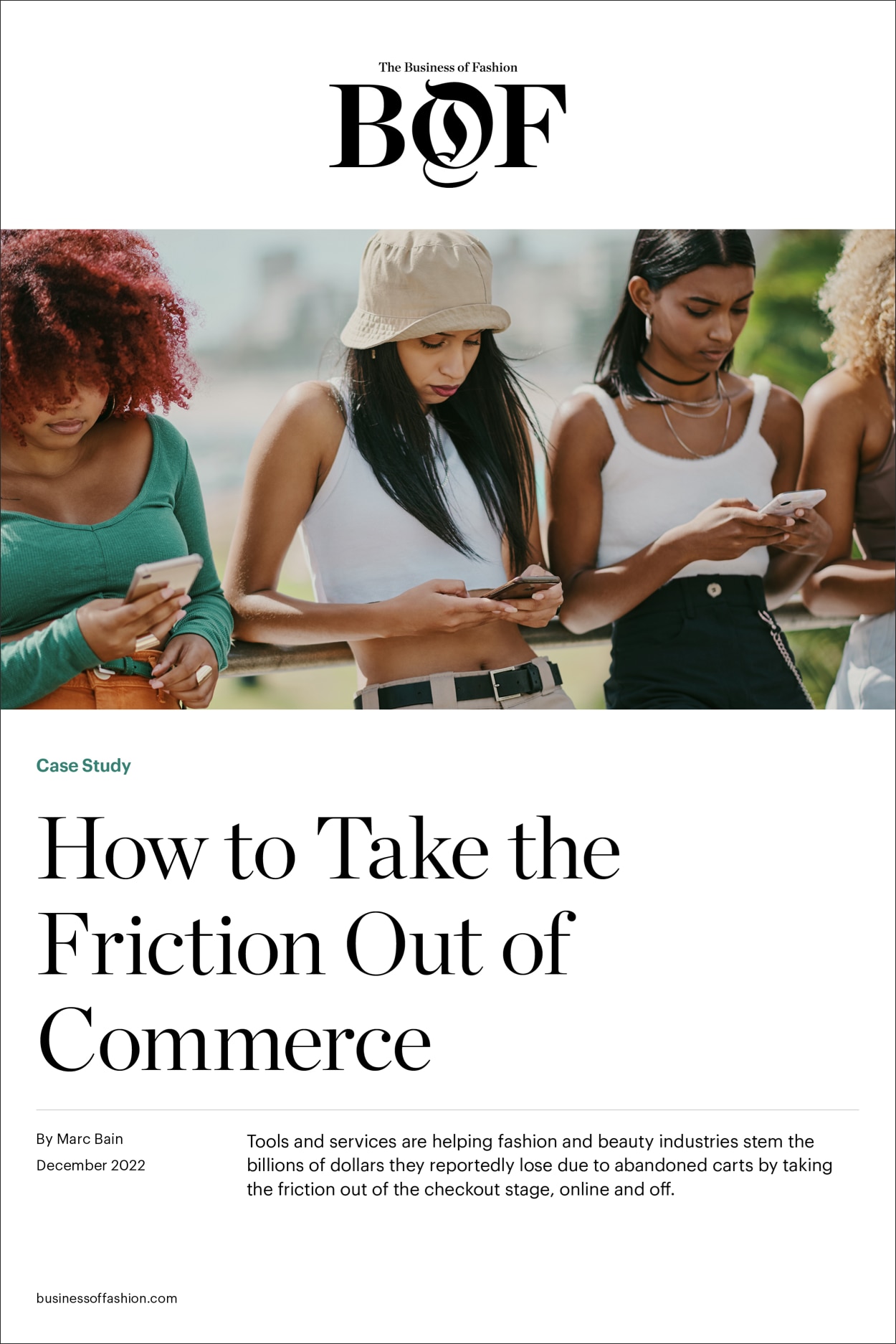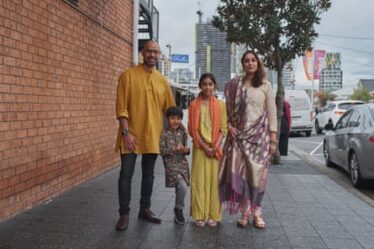
Fashion and beauty retailers don’t face an easy road ahead. For a variety of reasons, they are having to work harder than ever to close each and every sale. As economic and geopolitical pressures began weighing heavily on consumer sentiment in 2022, shoppers generally have grown more cautious. Businesses are thus competing for every purchase from cash-strapped consumers, adding to the already tough conditions they face from data-privacy measures that have made digital advertising more expensive and returns on spend harder to track.
It’s during times like these that cracks in shopping journeys are glaring, and friction in the customer experience at the checkout stage alone could potentially cost the industry billions of dollars. Shoppers can quickly become frustrated with long waits at a store till or with complicated processes to checkout online, or might be reluctant to pay full price for an item, especially if shipping, taxes or miscellaneous fees are tacked on to the final amount. Or they might have every intent to purchase and simply change their mind, or get distracted and leave their items.
The challenges cut across online and in-person shopping. In physical stores, retailers in the US alone collectively lose more than $30 billion annually due to long queues, according to a 2018 estimate by Adyen, a financial technology platform.
Online, the problems are even more pronounced. Baymard Institute, which conducts research on the user experience (UX) of e-commerce sites, estimates that online retailers in the US and EU lose around $260 billion in orders due to their checkout flow and design. And Baymard is not the only one to put a billion-dollar price tag on the problem. Coresight Research, an advisory firm specialising in retail and technology, recently found that US online retailers are losing between $111 billion and $136 billion in sales due to a less-than-optimal checkout.
Part of the issue stems from brands and retailers failing to optimise for shifting shopping behaviours. Even before pandemic lockdown restrictions drove e-commerce’s phenomenal growth, consumer patterns were already clear. Now, for example, a good deal of shopping takes place during gaps in the day, when people are between tasks and browsing on their phones or laptops. Would-be customers can easily be interrupted by emails, phone messages or their physical environment and can become frustrated with having to fill out too many fields or create an account to make a purchase.
The good news is that even small improvements in measures like conversion rates and average order values can have a meaningful impact when multiplied across thousands or millions of customers. To succeed, retailers are turning to tools and services that help them smooth the path to purchase.
They include technologies that eliminate checkout steps by companies such as Bolt and Shopify; options that reduce financial and psychological barriers to purchasing from Buy Now, Pay Later (BNPL) players such as Klarna; and new forms of self-checkout in stores, where most purchases still take place, that incorporate radio frequency identification (RFID) tags from providers like Nedap and Avery Dennison.
There’s no guarantee these specific technologies will prove to have the answer. However, when used well, these tools don’t just help retailers convert more browsers of their sites into buyers. They can also create a better UX that helps to convince shoppers to return for future purchases as well.
This case study seeks to educate readers on the targeted strategies and tools that fashion and beauty brands and retailers can use to connect with shoppers at the end of their purchase journeys.Companies ranging from jeweller Frasier Sterling to department store Nordstrom to clothing retailer Uniqlo have been seeking out ways to smooth processes that help reduce abandoned shopping carts, increase conversion rates and ultimately boost customer loyalty. The case study’s guidance largely focuses on US and European shopping, but the lessons — and aim — are global. BoF spoke with experts from technology and payment providers, industry analysts and other experts, as well as brands and retailers to understand shifting shopping dynamics at checkout.
Click below to read the case study now.



